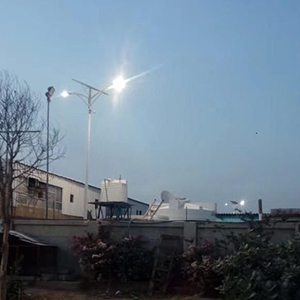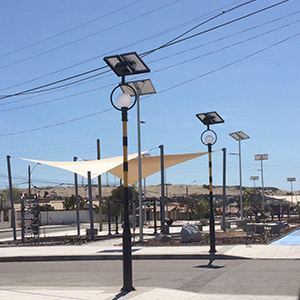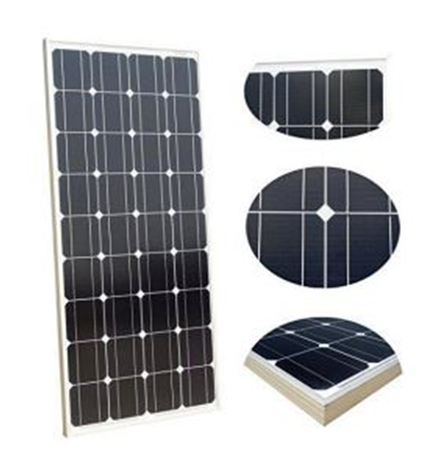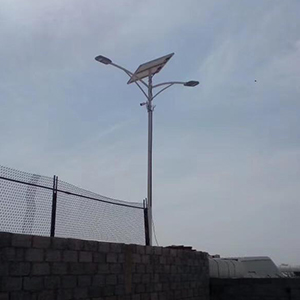10m 100w Solar Street Light With Gel Battery









1. Easy to Install:
Split solar street lights are generally easier to install than traditional street lights because they don’t require extensive wiring or electrical infrastructure. This reduces installation time and costs.
2. Design Flexibility:
The split design allows greater flexibility in the positioning of solar panels and lamps. Solar panels can be placed in optimal locations for sunlight exposure, while lights can be placed for maximum illumination.
3. Improved Efficiency:
By separating the solar panel from the light fixture, split solar street lights can optimize solar energy collection for better performance, especially in areas with changing sunlight.
4. Reduced Maintenance:
Since there are fewer components exposed to the elements, split solar street lights generally require less maintenance. Solar panels can be easily cleaned or replaced without disassembling the entire unit.
5. Enhanced Aesthetics:
The split design is more visually appealing, more fashionable in appearance, and can better integrate with the urban or natural environment.
6. Higher Capacity:
Split solar street lights can accommodate larger solar panels, which can result in higher power generation and longer nighttime running time.
7. Scalability:
These systems can be easily scaled up or down based on specific lighting needs, making them suitable for both small and large installations.
8. Cost Effectiveness:
While the initial investment may be higher than traditional street lights, the long-term savings on electricity and maintenance costs can make split solar street lights a cost-effective solution.
9. Environmentally Friendly:
Like all solar lights, split solar street lights reduce dependence on fossil fuels, help reduce carbon emissions and promote sustainable development.
10. Smart Technology Integration:
Many split solar street lights can be integrated with smart technology to achieve functions such as motion sensors, dimming functions, and remote monitoring.


















